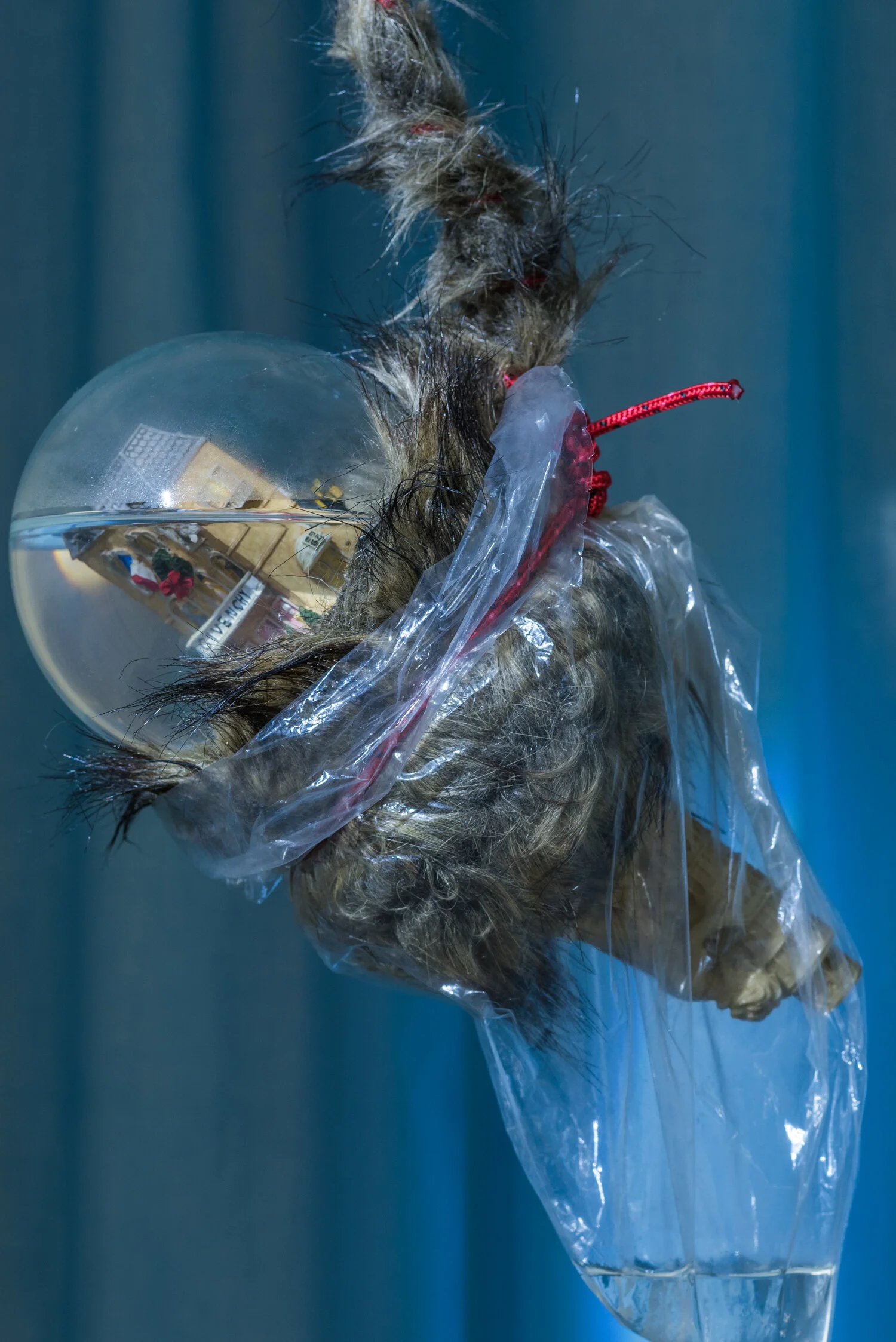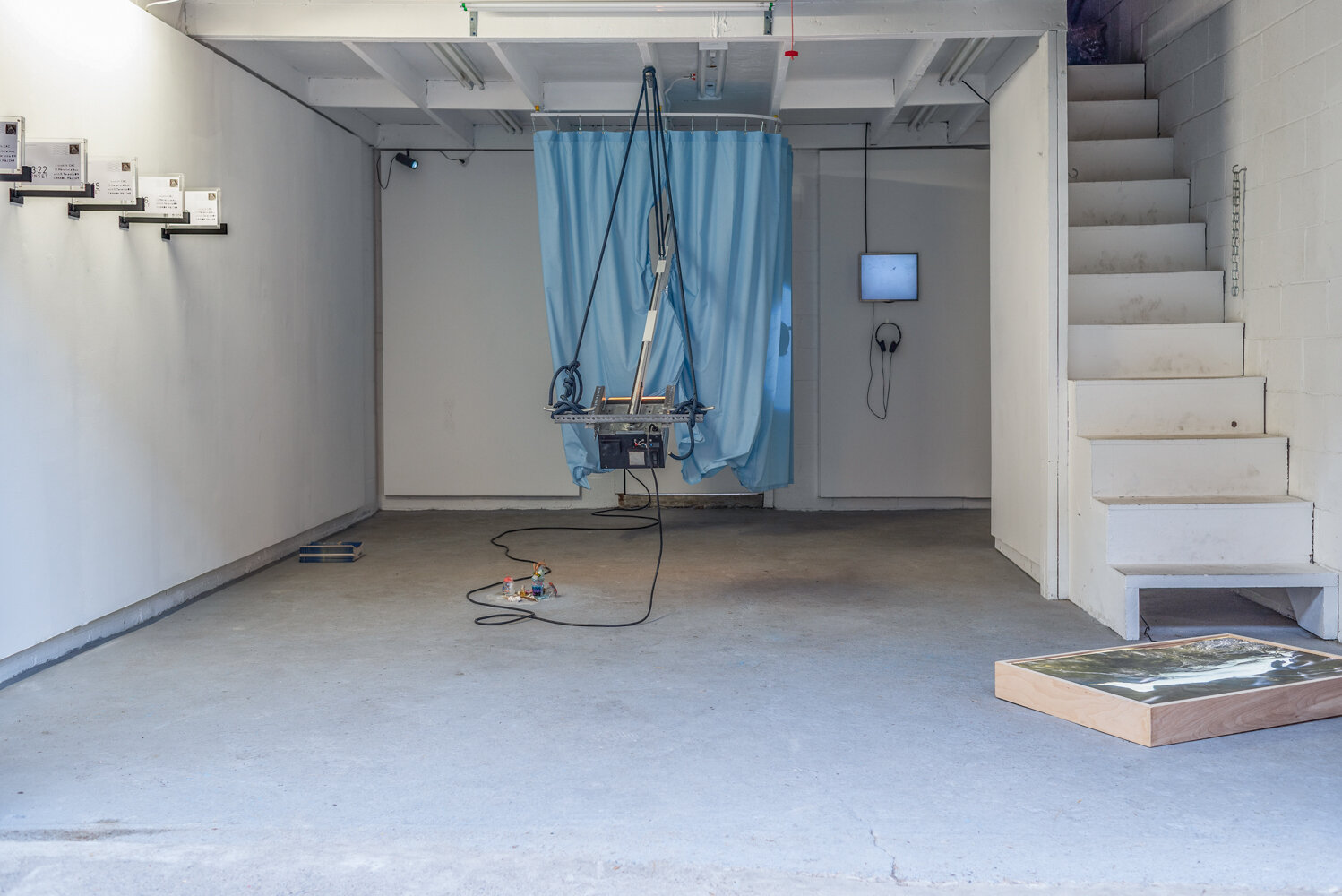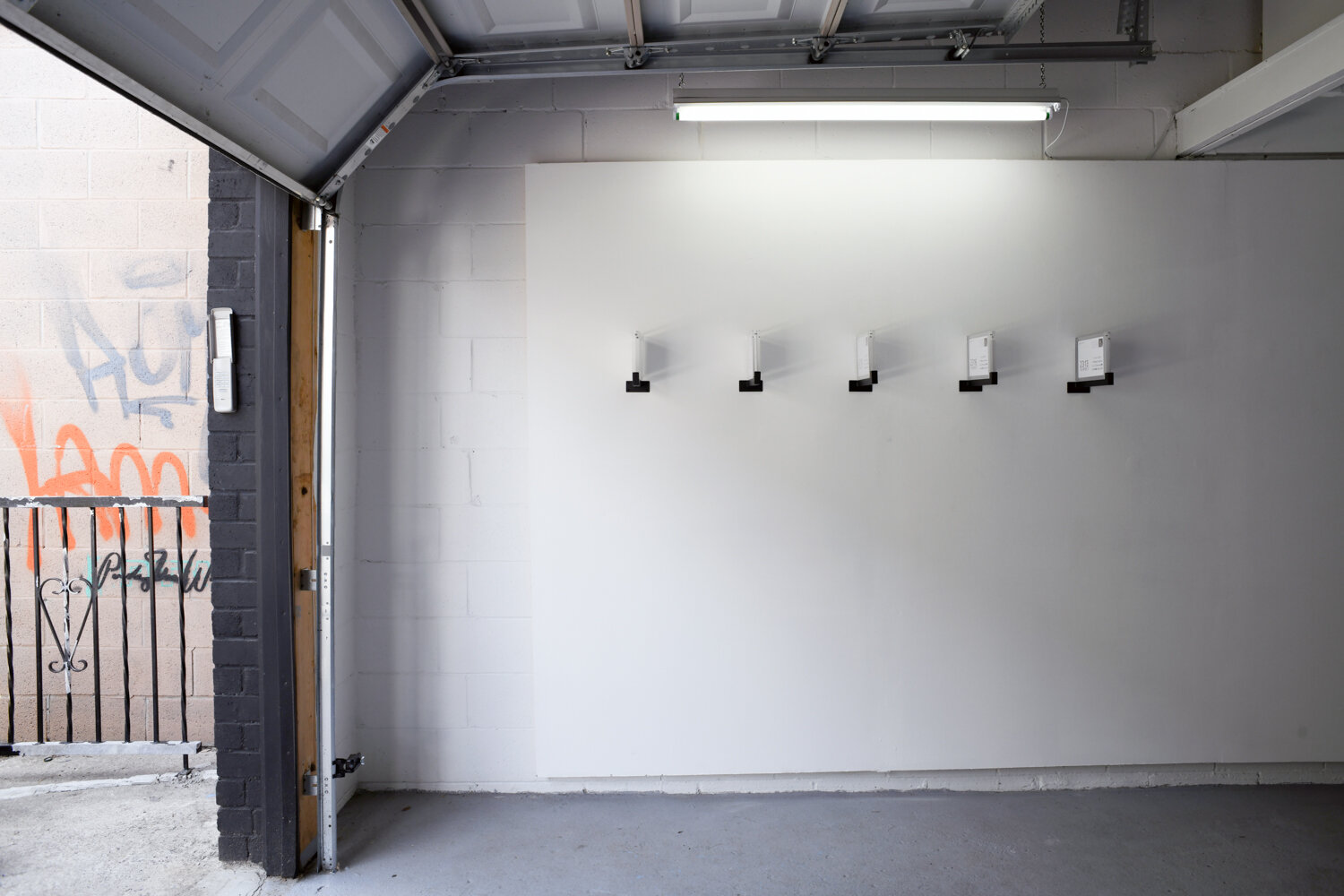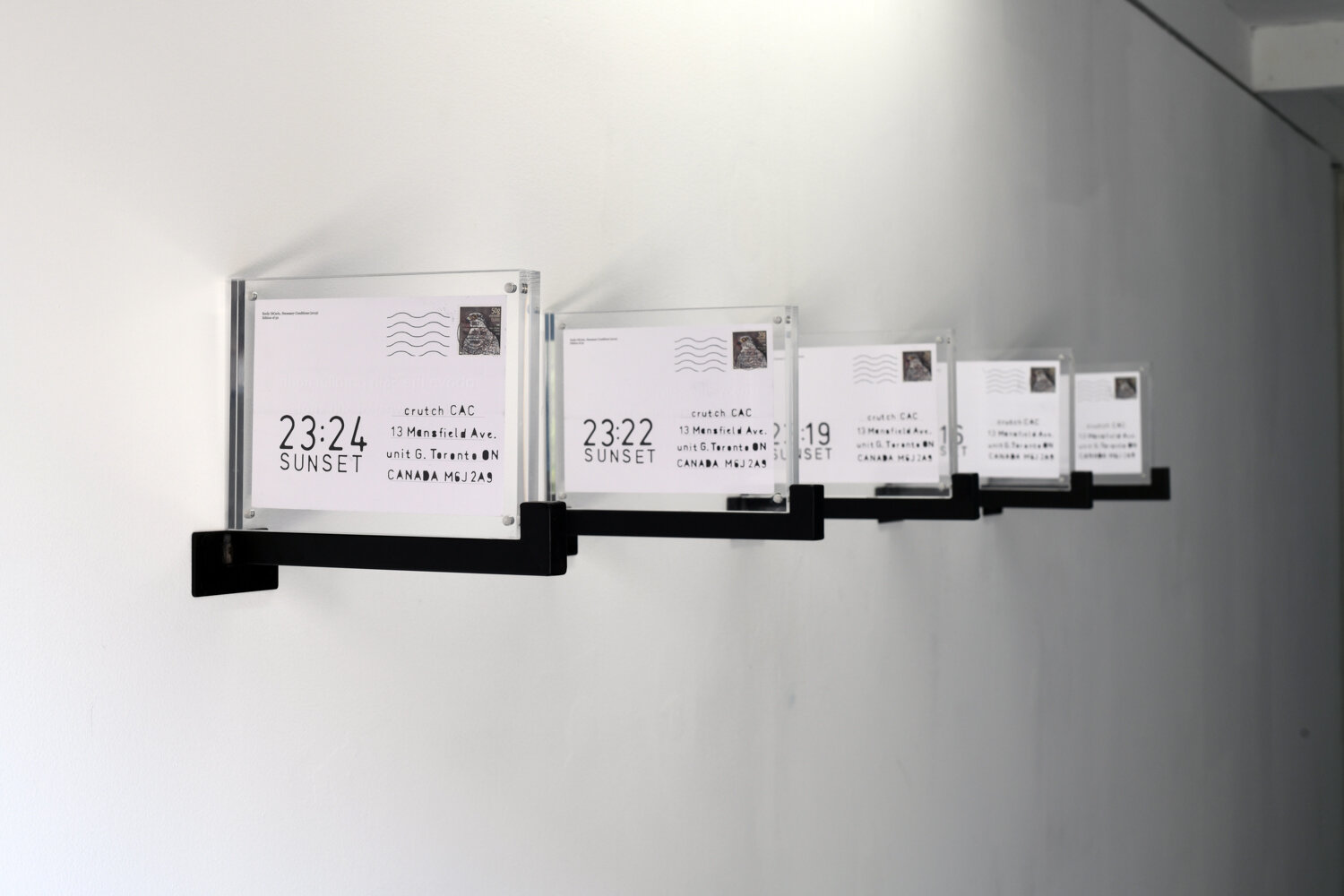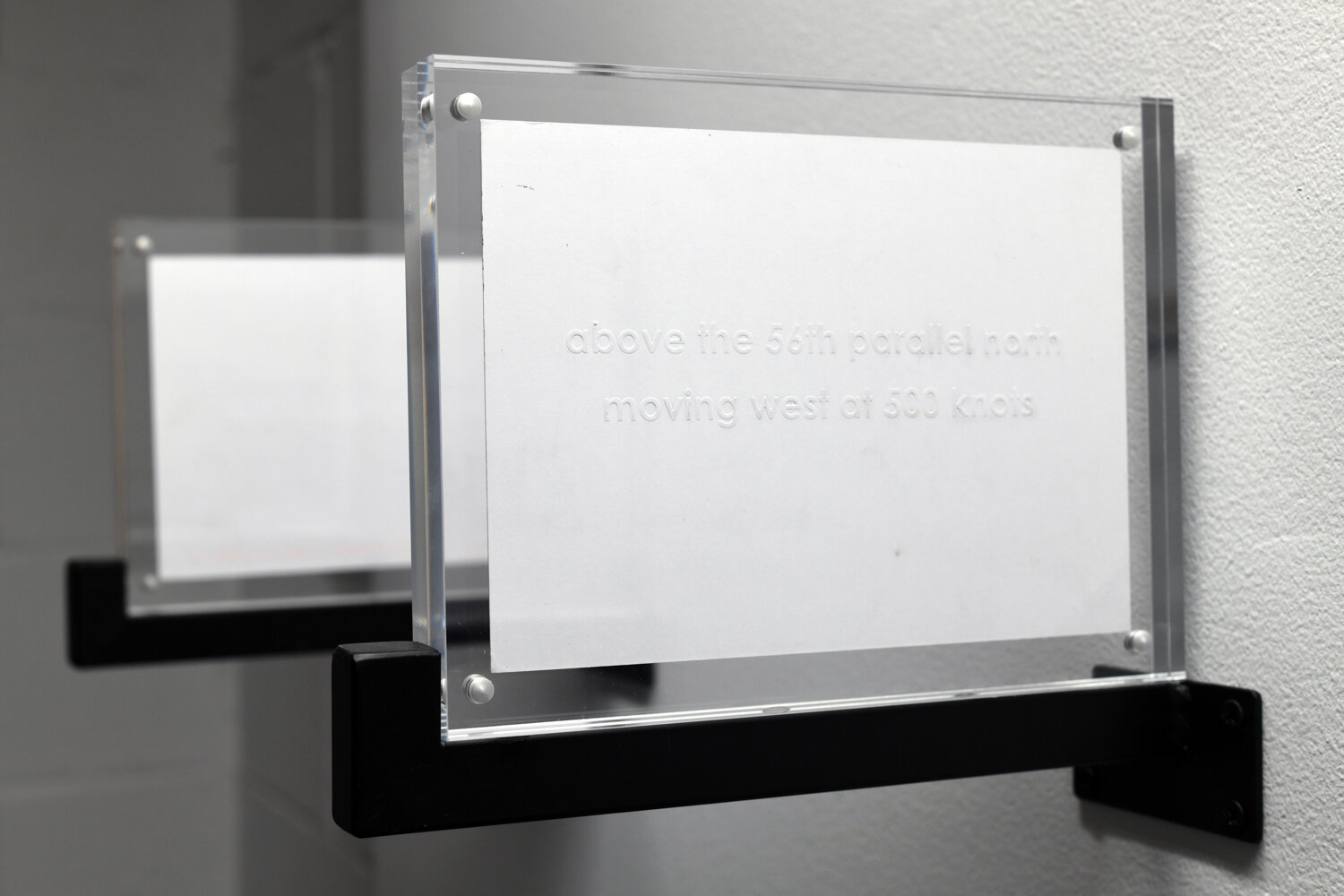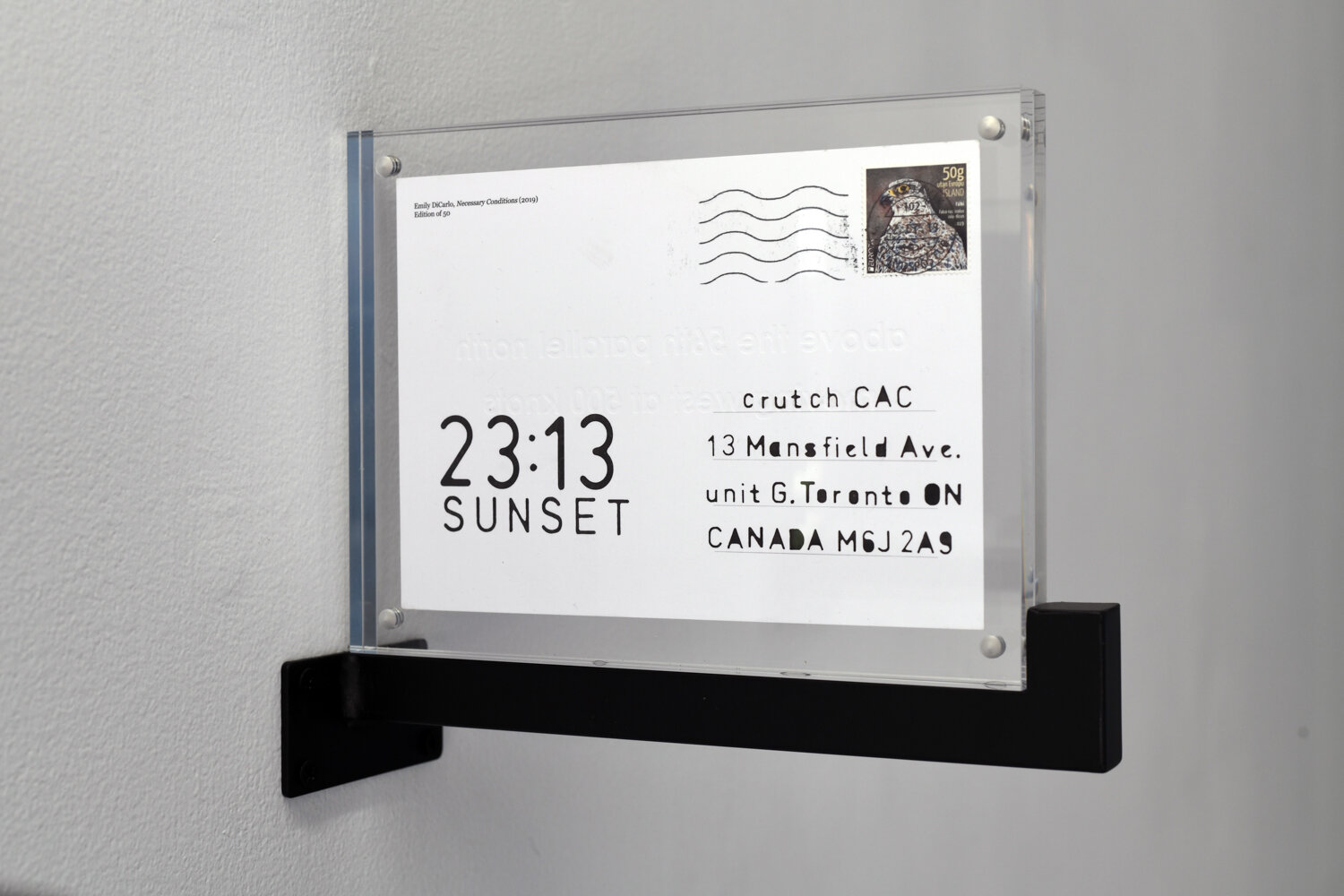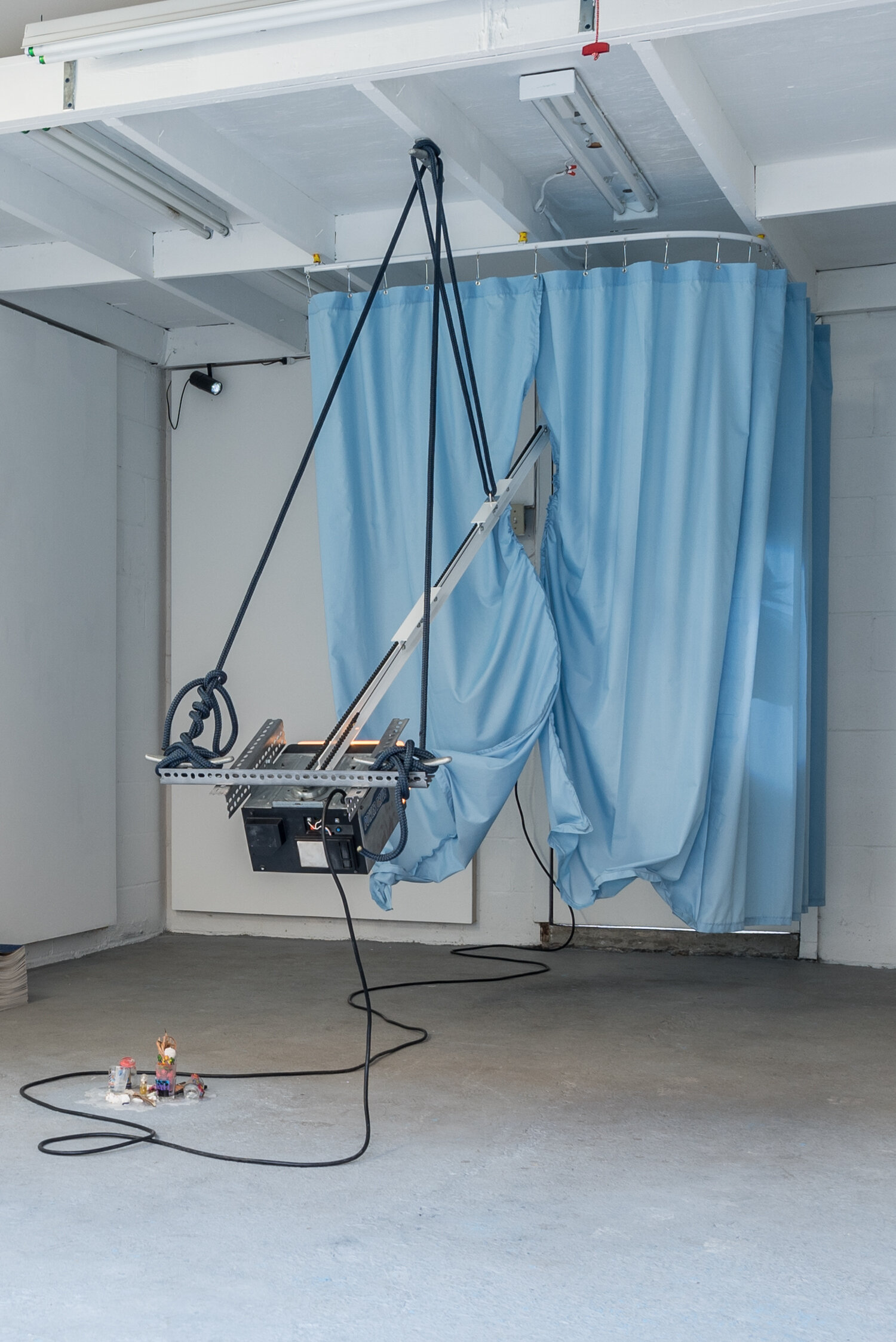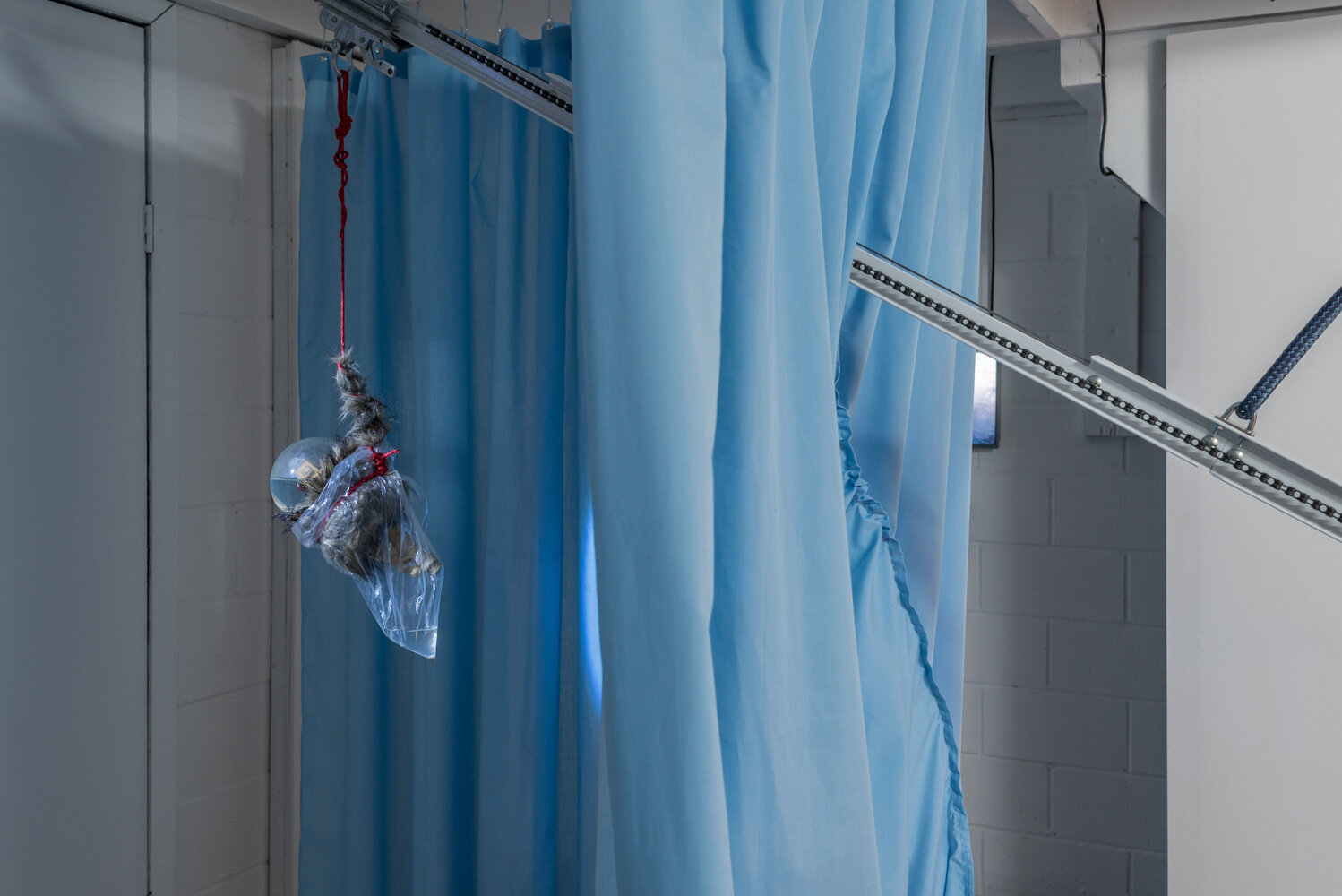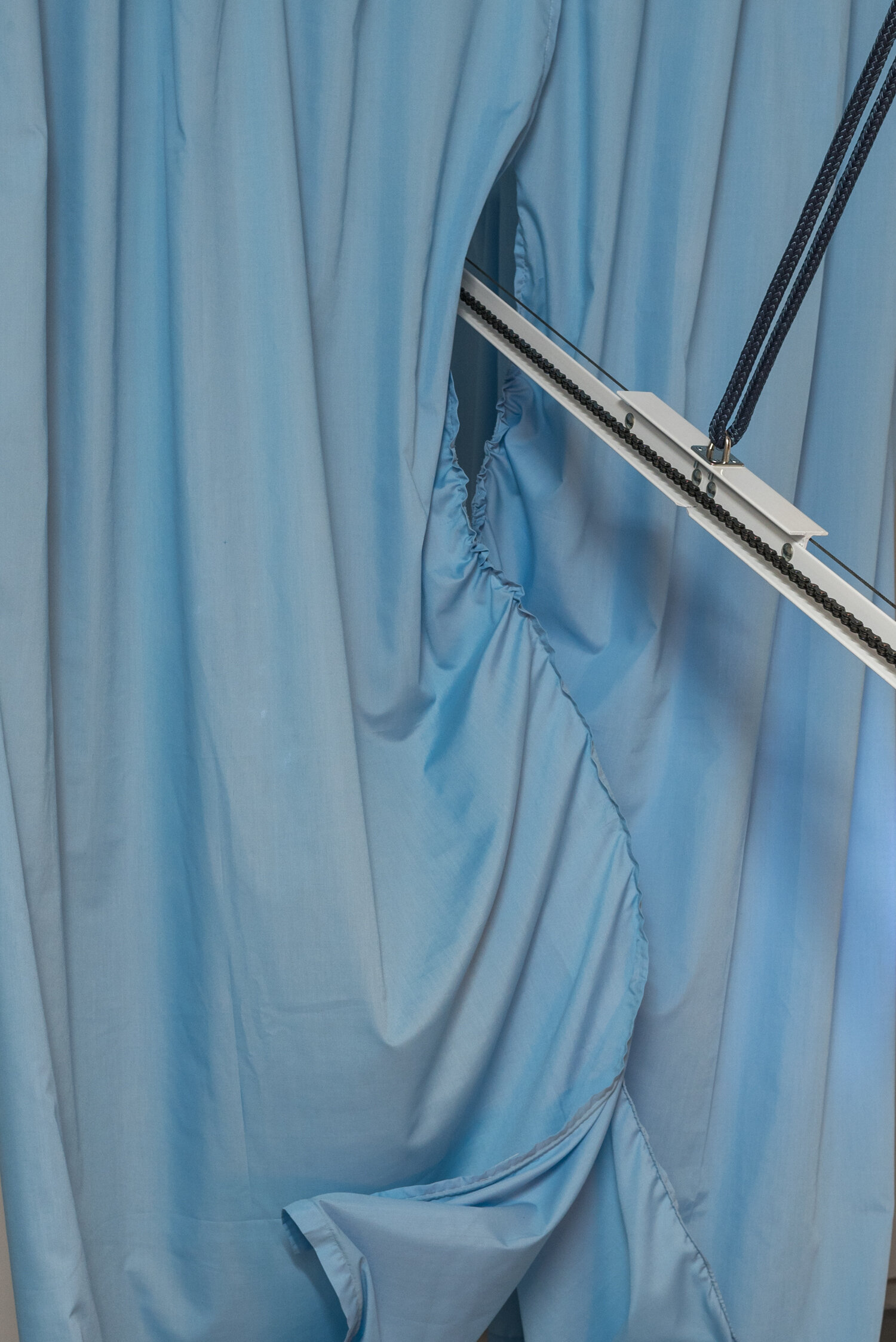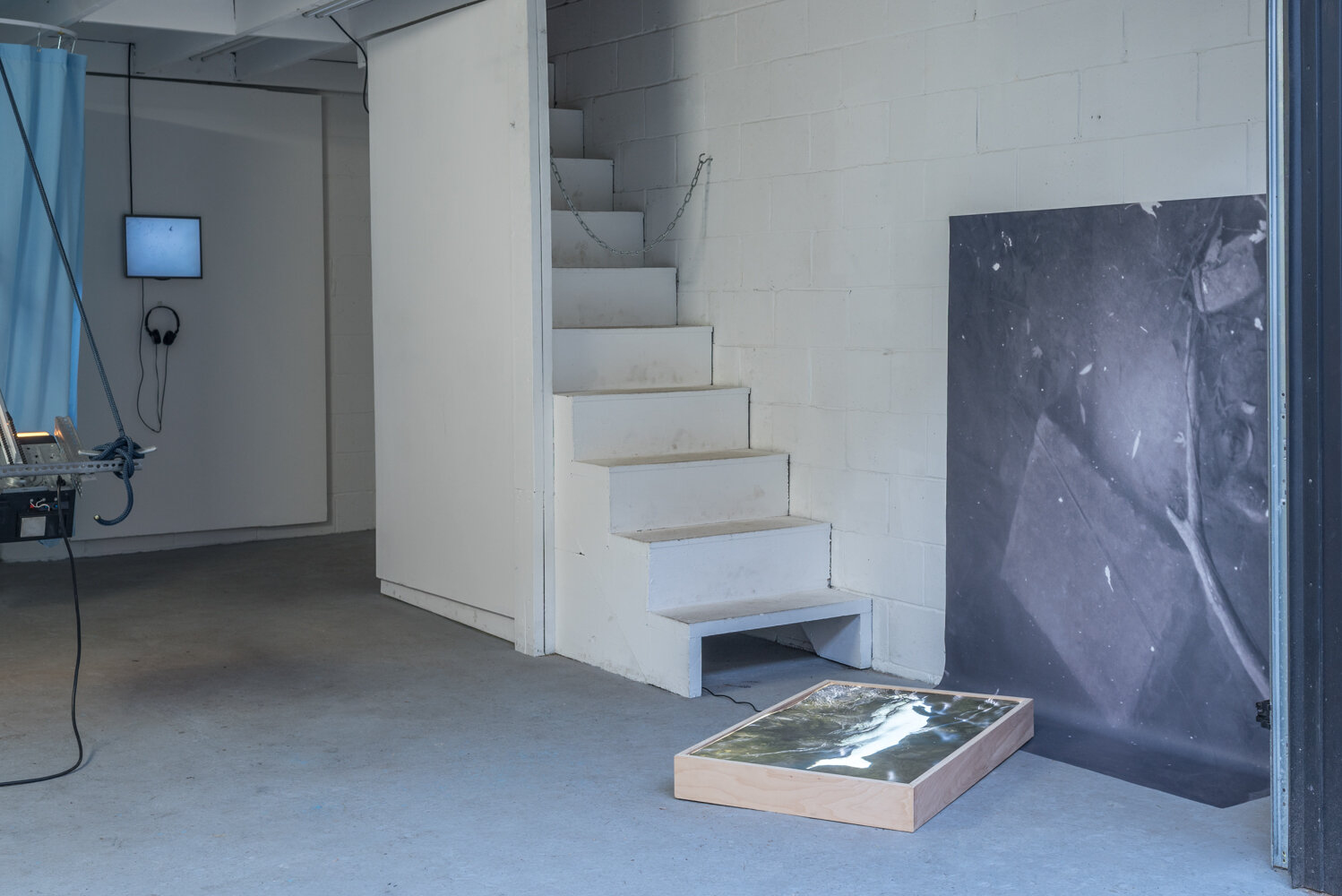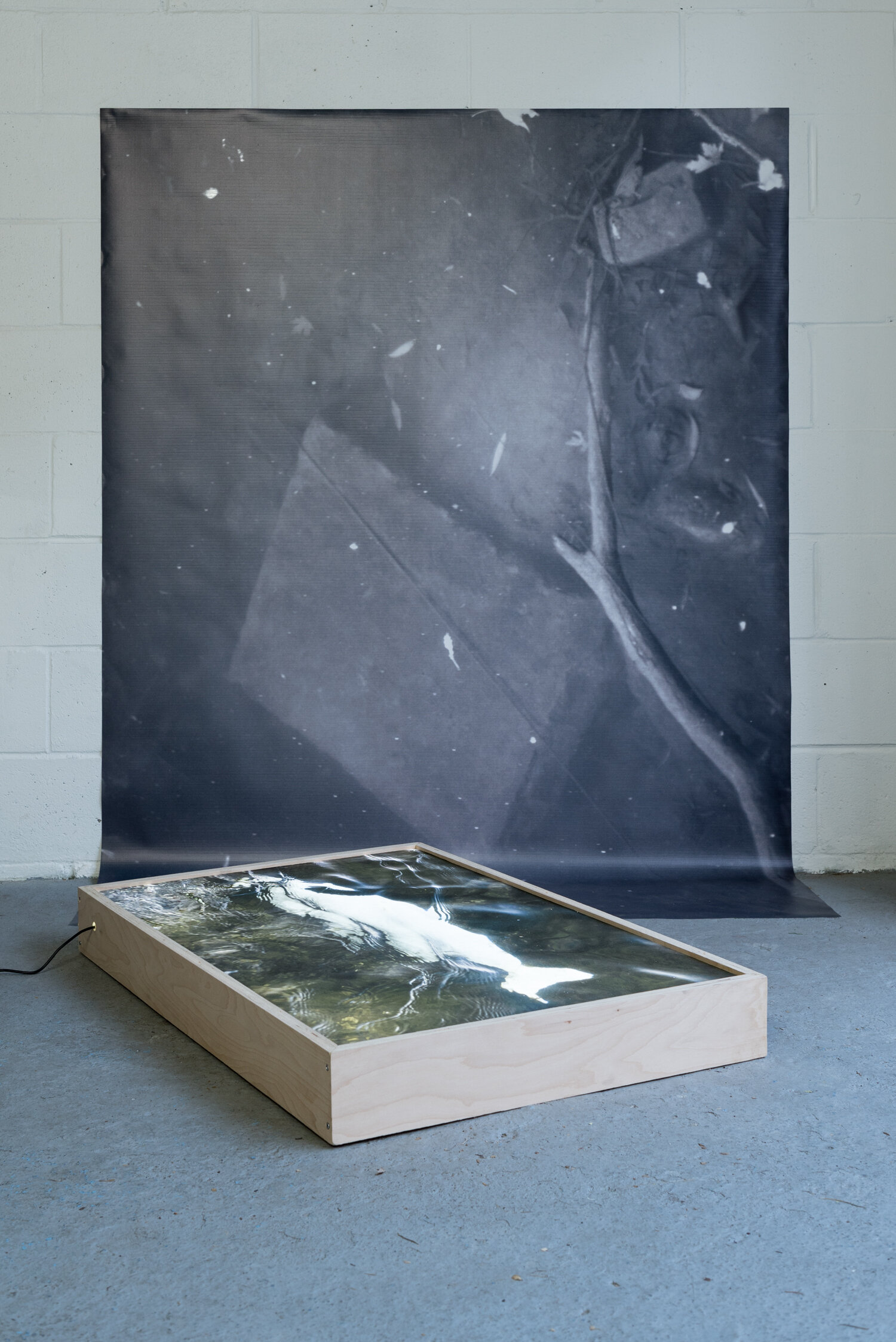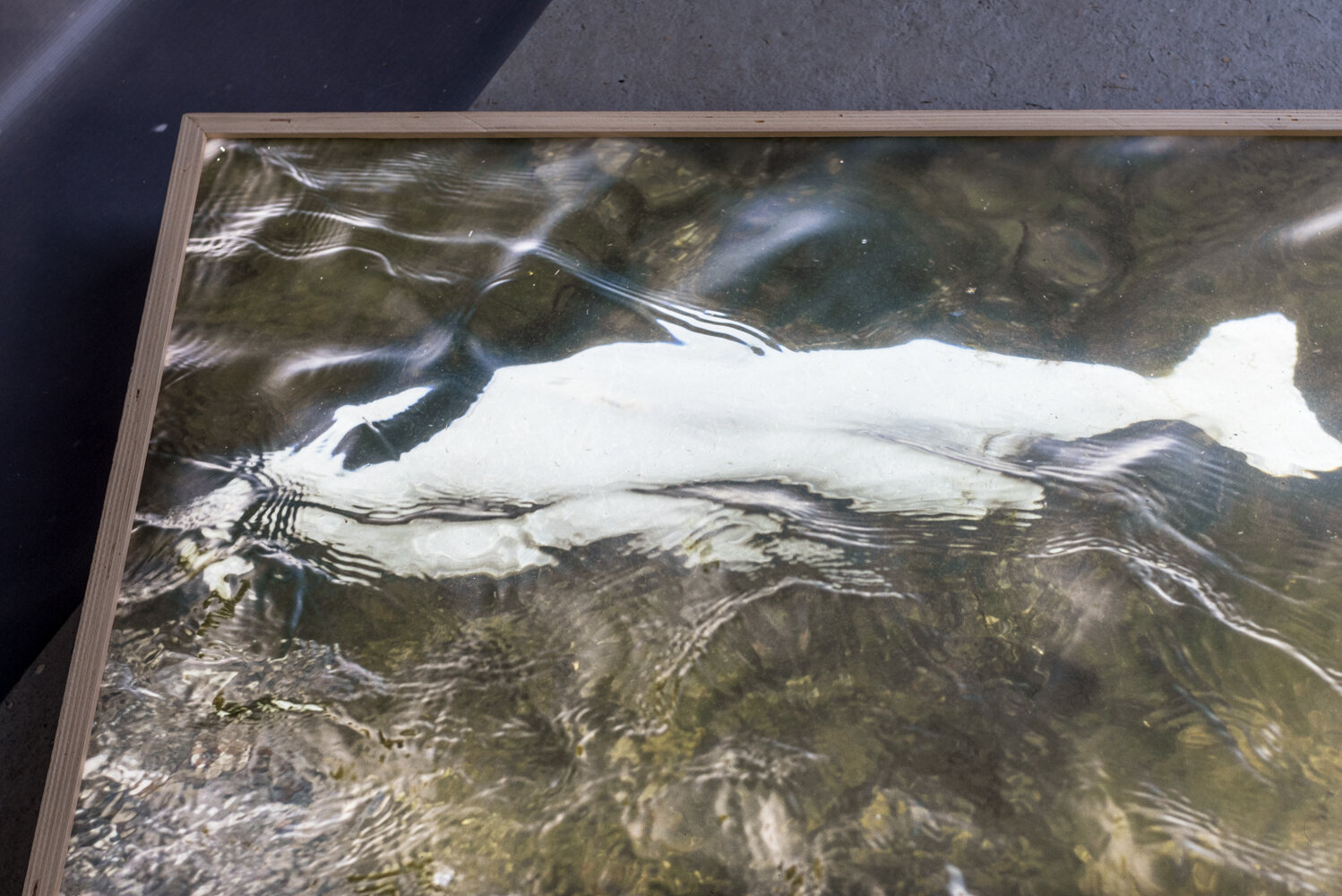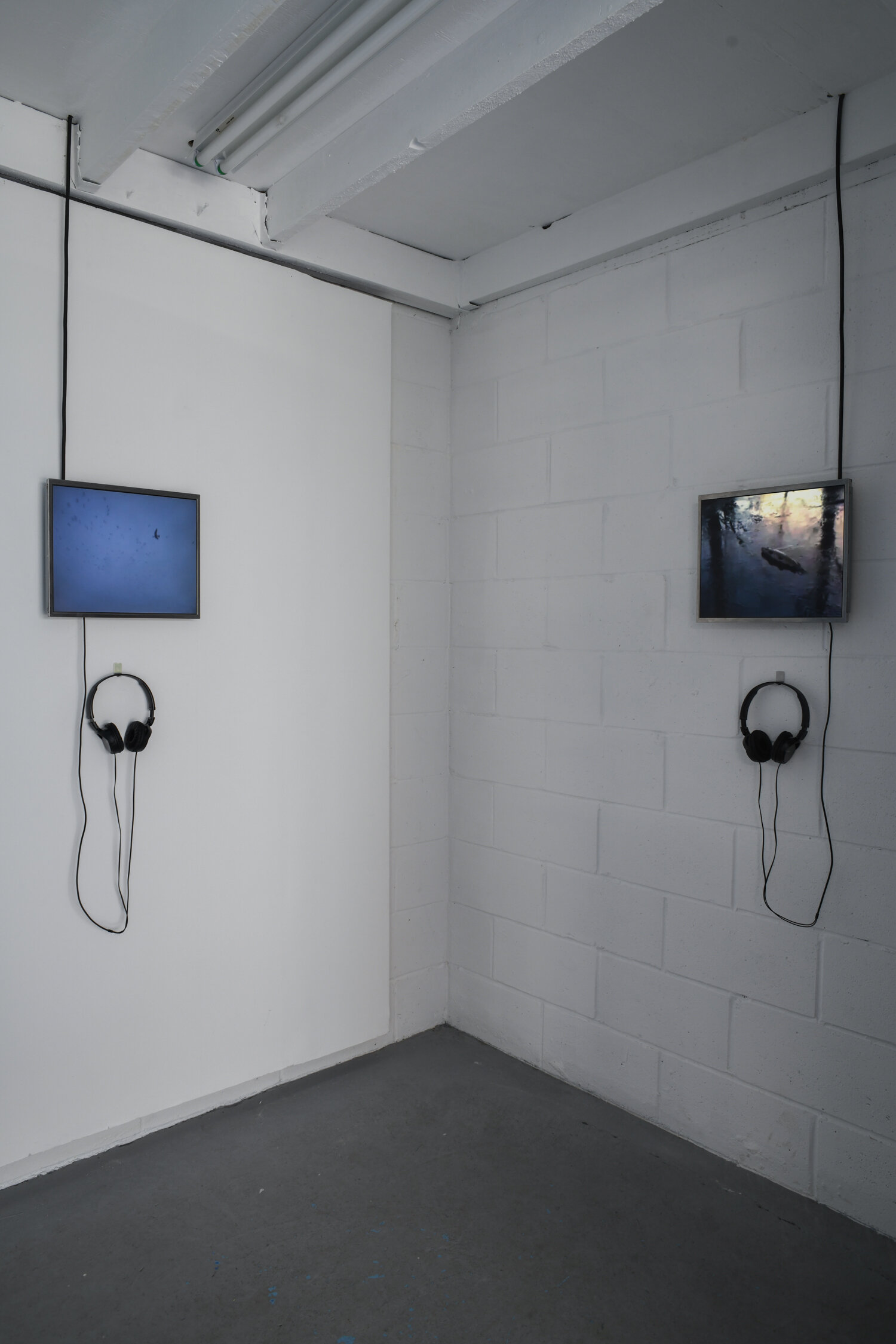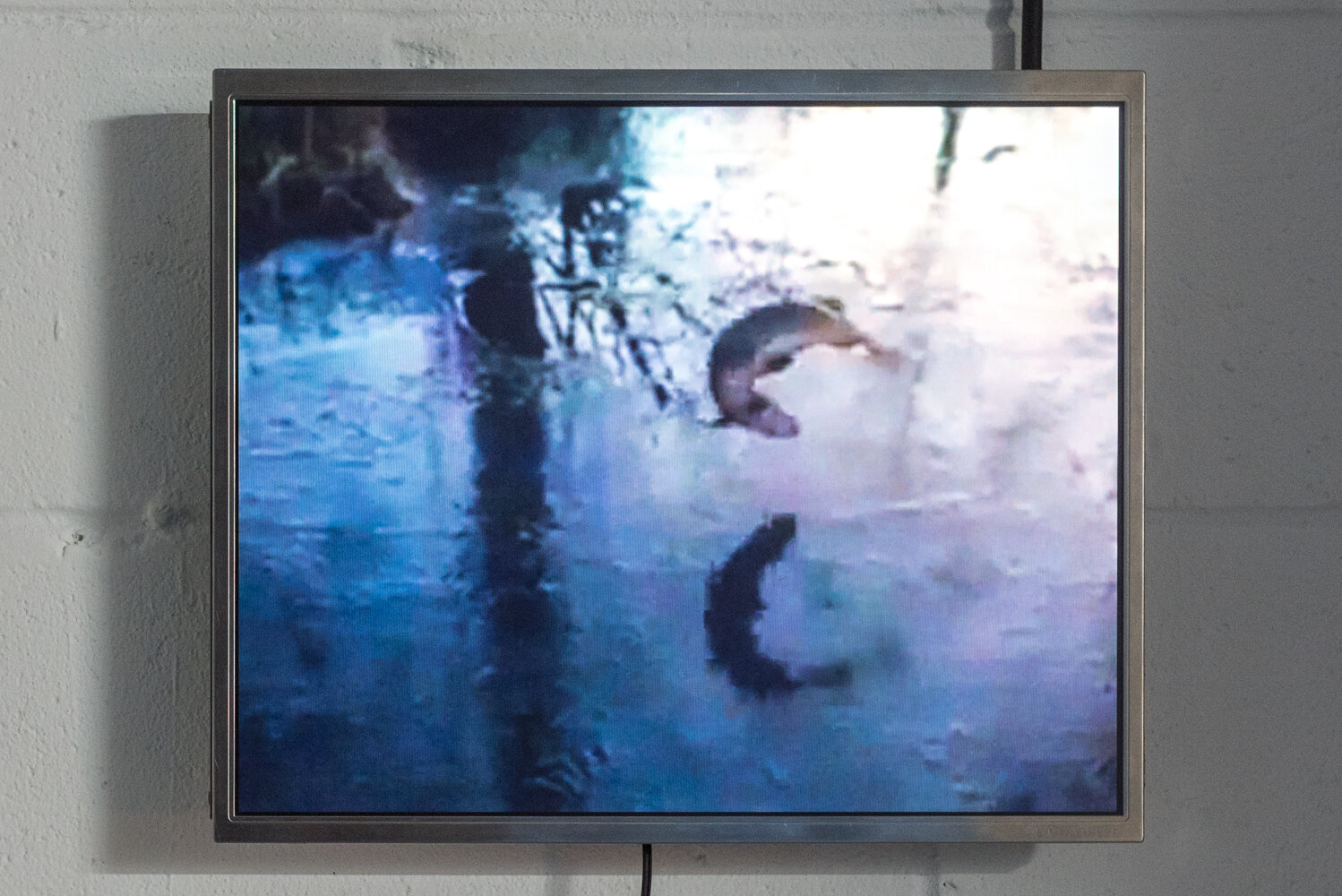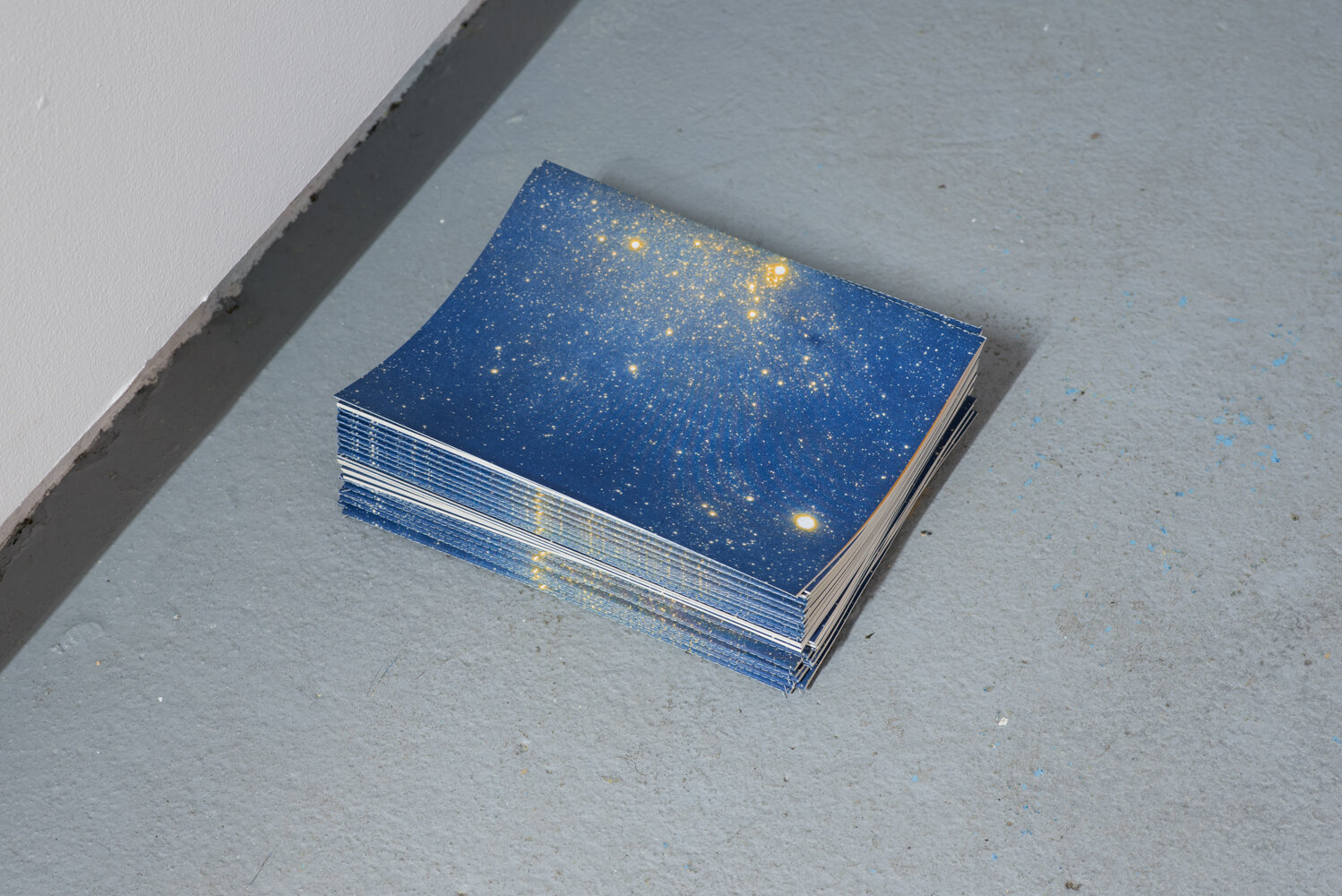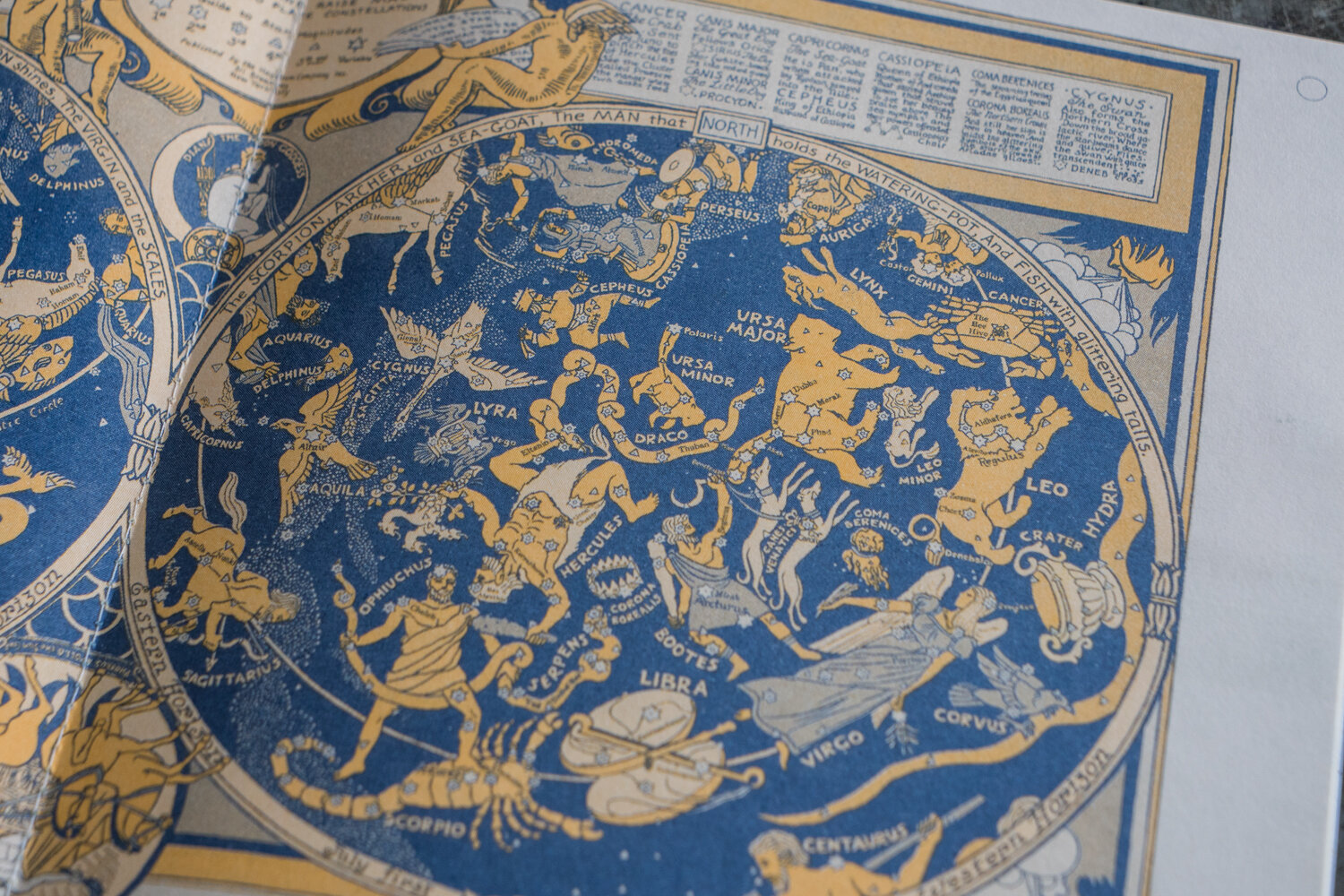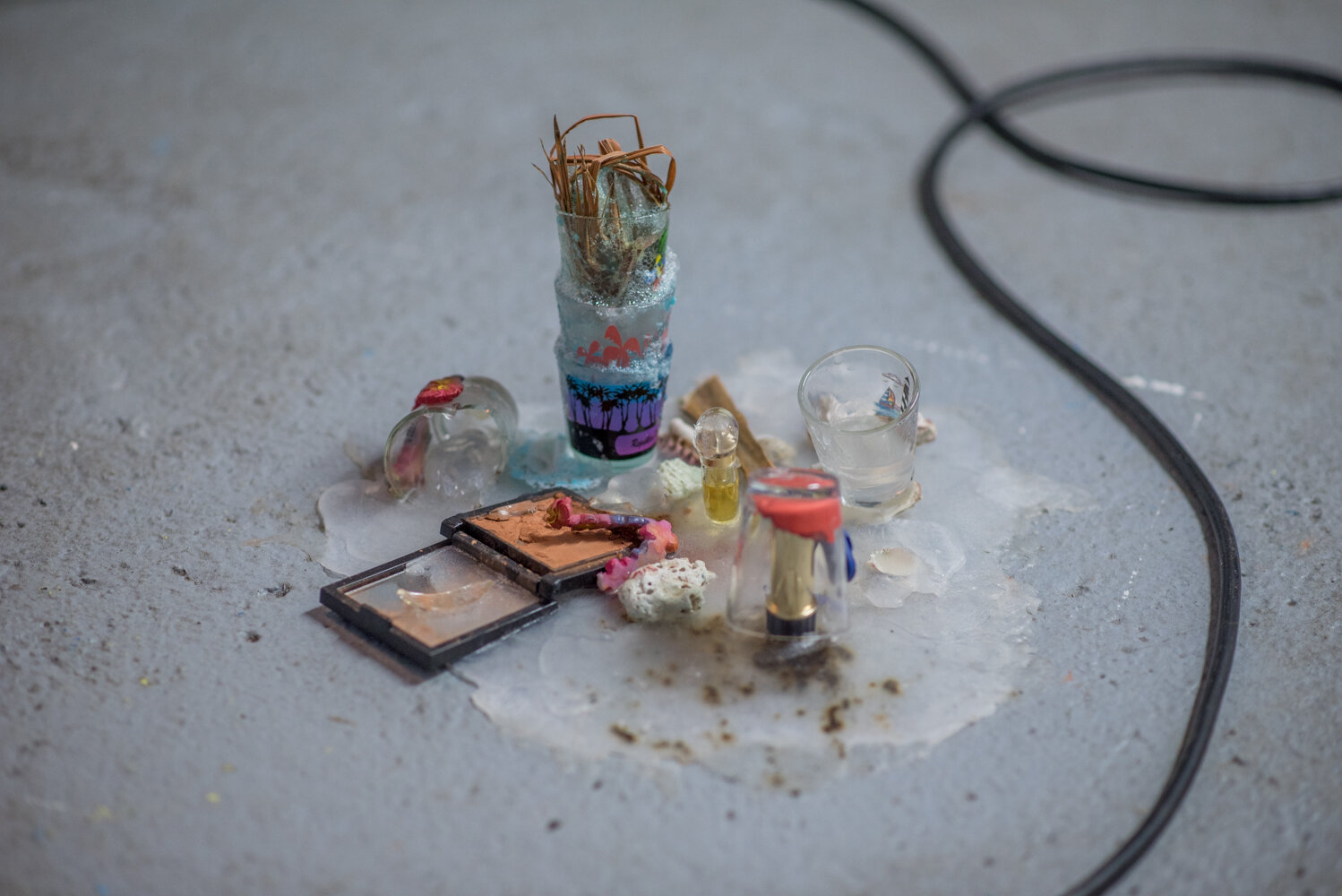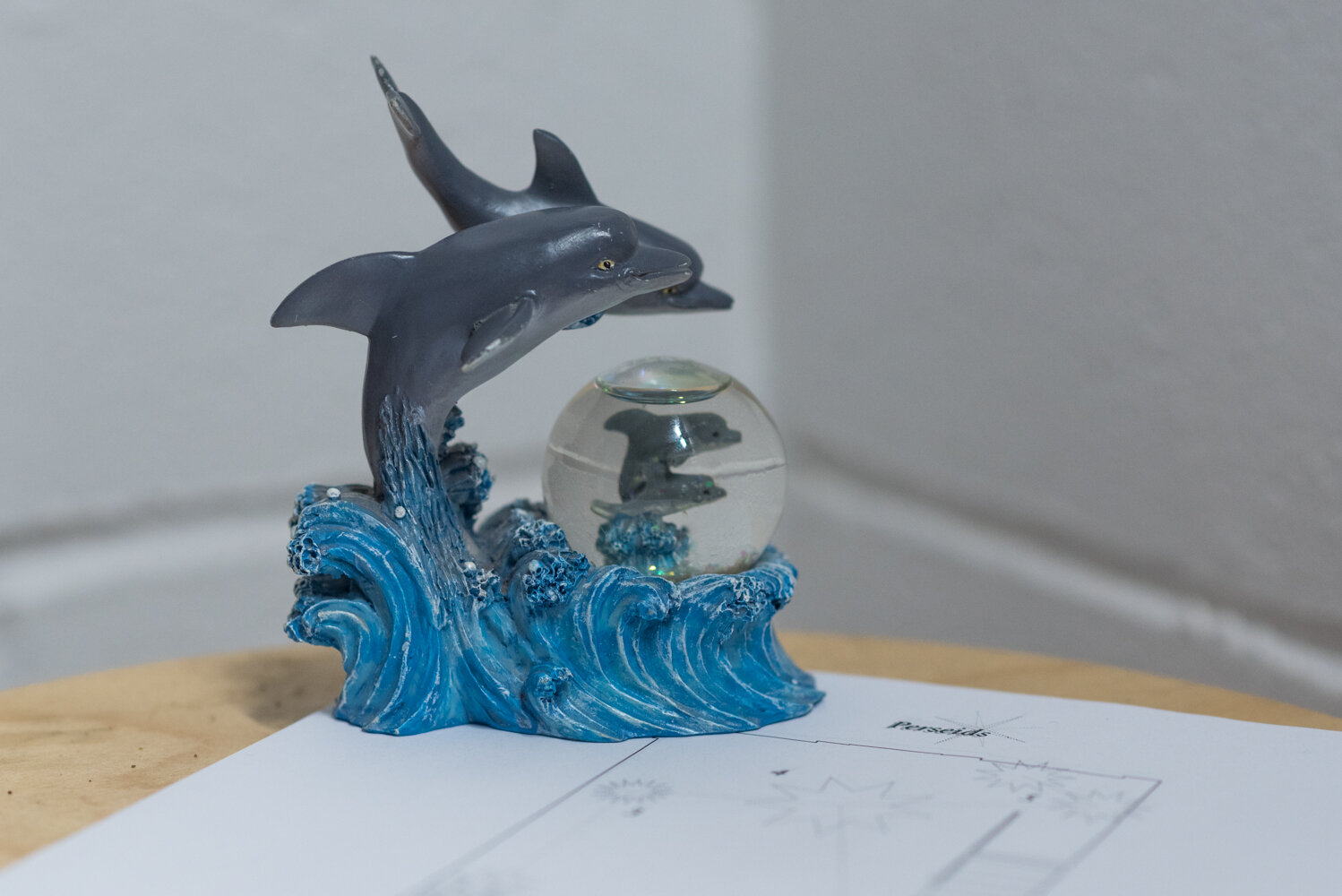Perseids
Emily DiCarlo, Chris Mendoza, Brandon Poole, Jordan Elliot Prosser
@
Crutch Contemporary Art Centre
13 Mansfield Avenue, Unit G
Toronto, ON, M6J 2A9
... Writing, reading, and their result in re-writing and re-reading are similarly cycles of recordings and multiplications—numerous cross-pollinating encounters proliferating. From these we develop coordinates for navigation, for some these may be life-long commitments for others they are provisional mappings, temporal recordings. In “Death Sentence,” Maurice Blanchot writes what might be a cartography of the event in writing: “The extraordinary begins at the moment I stop. But I am no longer able to speak of it (“L’extraordinaire commence au moment out je m’arrete. Mais je ne suis plus maitre d’en parler”). This fulcrum between two narratives of looming death, notes the narrator’s (Blanchot’s?) deficiency and inevitable failure at writing something of the calibre of the event of dying. However, this is quickly overcome by a need to write, by an urged surplus and the advent of something else, a latent-causality manifested through the non-advent. There is something of the disproportionate in the event, an incommensurability within itself…
… Every year detritus from the Swift-Tuttle comet makes its way onto the earth’s surface, an event named The Perseids (the sons of Perseus) due to its perceived origin from the constellation Perseus. The meteor shower reaches peak activity in early August as the earth sweeps by the trace of the comet’s 133-year orbit. From within the city, our view of this event will be obscured by both Toronto’s light pollution, as well as the light of the nearly-full moon. To be an attentive observer peering into the night sky can be insufficient—a constellation of forces are at work. One of the first American astronomers to evidence the meteor shower, Edward Herrick, having thought he discovered the phenomena later learnt that he had been beaten to it by a Belgian statistician a few years prior, and that both had been preceded by Christians in Europe. “[A] superstition has ‘for ages’ existed among the Catholics of some parts of England and Germany that the burning tears of St. Lawrence are seen in the sky on the night of the 10th of August; this being the anniversary of his martyrdom.” The discrepancy between these two registers foregrounds the multiplicity and unfolding of any “event”: as encounter, as chance, as mythology, as a prediction, as memory, as knowledge, as re-activation, …
Emily DiCarlo is an interdisciplinary artist living in Tkaronto/Toronto. Her research-based practice focuses on temporality as the subject, medium, and method to articulate aspects of the human condition and reclaim time in chronopolitical acts. Through a romantic conceptualist lens, her pseudo-scientific methodology employs video, installation, performance and text to create often collaborative, site-specific projects.
Chris Mendoza is an artist-educator whose place-based work unravels and is entangled in the geographical politics of narration. Often articulated through material traces, ephemera, and written/oral histories, the work moves between performance, sculpture and writing.
Brandon Poole is an artist whose work explores the apocalyptic crease lines of folded, back pocket utopias. He works predominantly in video and sculpture.
Jordan Elliott Prosser is based in Toronto and Copenhagen. Having spent a long time as a designer and architect—he now makes art as a hopeful anthropocentric remedy. Studying the relationship between his unavoidable subjectivity and the inter-objective universe which spirals around it: the personal is his first tool for finding some empathy in our tortuously selfish existence. To this end, he's been working to repair the bond of his angst fueled severing with a suburban upbringing.
